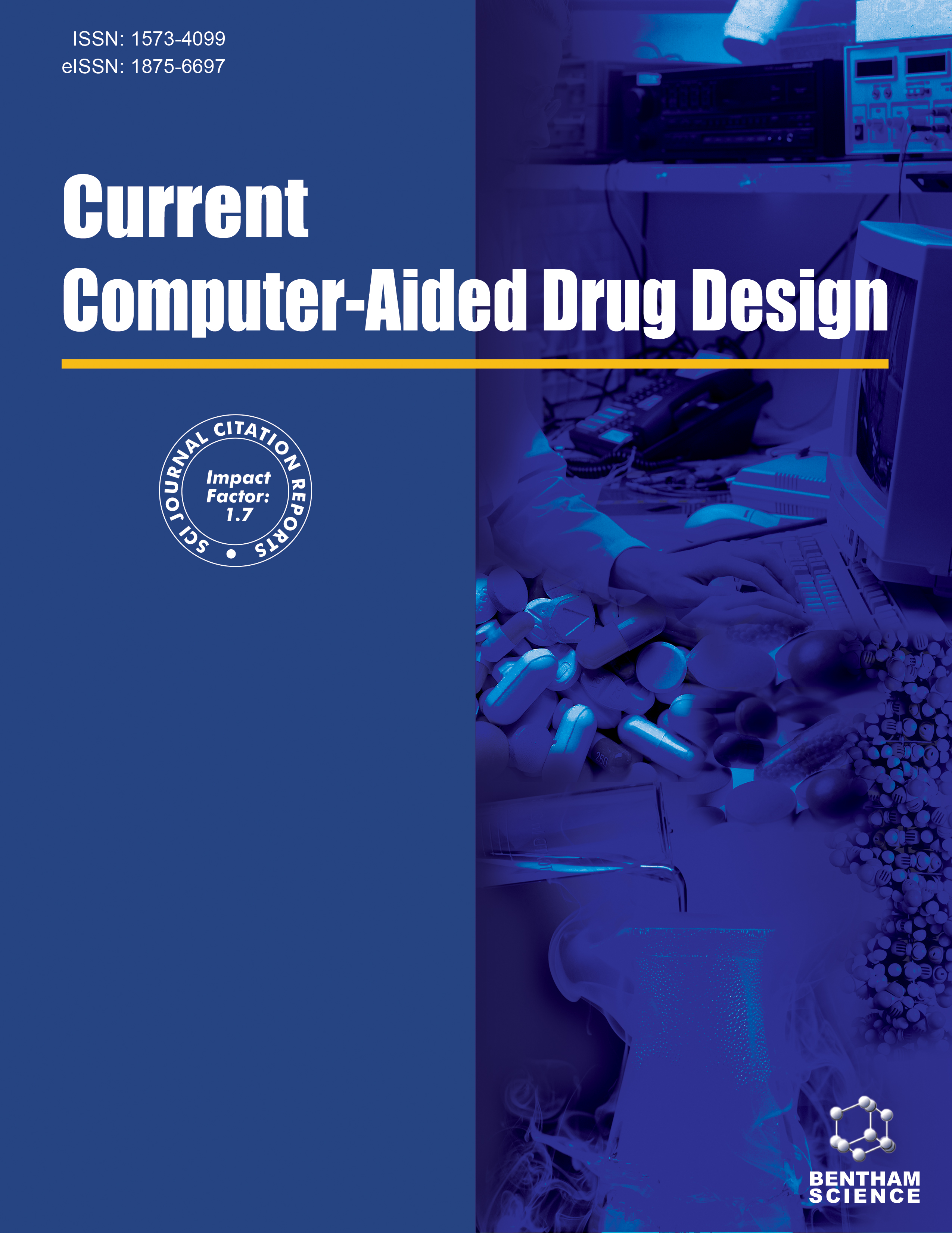
Full text loading...
The clinical use of doxorubicin (DOX), an anthracycline antibiotic with broad-spectrum applications against various malignant tumors, is limited by doxorubicin-induced cardiotoxicity (DIC). Eriodictyol (ERD) has shown cardioprotective effects, but the mechanism of its protective effect on DIC remains unknown.
This study aimed to explore the potential mechanisms by which ERD confers protection against DIC.
ERD and DIC targets were identified from the TCMSP, PharmMaper, SwissTargetPrediction, TargetNet, BATMAN, GeneCards, and PharmGKB databases. Differential gene expression data between DIC and normal tissues were extracted from the GEO database. A protein‒protein interaction (PPI) network of the intersecting ERD-DIC targets was constructed using the STRING platform and visualized with Cytoscape 3.10.0 software. Gene Ontology (GO) functional enrichment analysis and Kyoto Encyclopedia of Genes and Genomes (KEGG) pathway enrichment analysis for ERD-DIC cross-targets were conducted. Validation included molecular docking with AutoDock Tools software and molecular dynamics simulations with Gromacs 2019.6 software.
Network pharmacology analysis revealed 43 intersecting ERD-DIC targets, including 6 key targets. GO functional enrichment analysis indicated that the intersecting targets were enriched in 550 biological processes, 45 cell components, and 41 molecular functions. KEGG pathway enrichment analysis identified 114 enriched signaling pathways. Molecular docking revealed a strong binding affinity between ERD and 6 key targets, as well as multiple targets within the ROS pathway. Molecular dynamics simulations indicated that ERD has favorable binding with 3 crucial targets.
The systematic network pharmacology analysis suggests that ERD may mitigate DIC through multiple targets and pathways, with the ROS pathway potentially playing a crucial role. These findings provide a reference for foundational research and clinical applications of ERD in treating DIC.

Article metrics loading...

Full text loading...
References


Data & Media loading...

